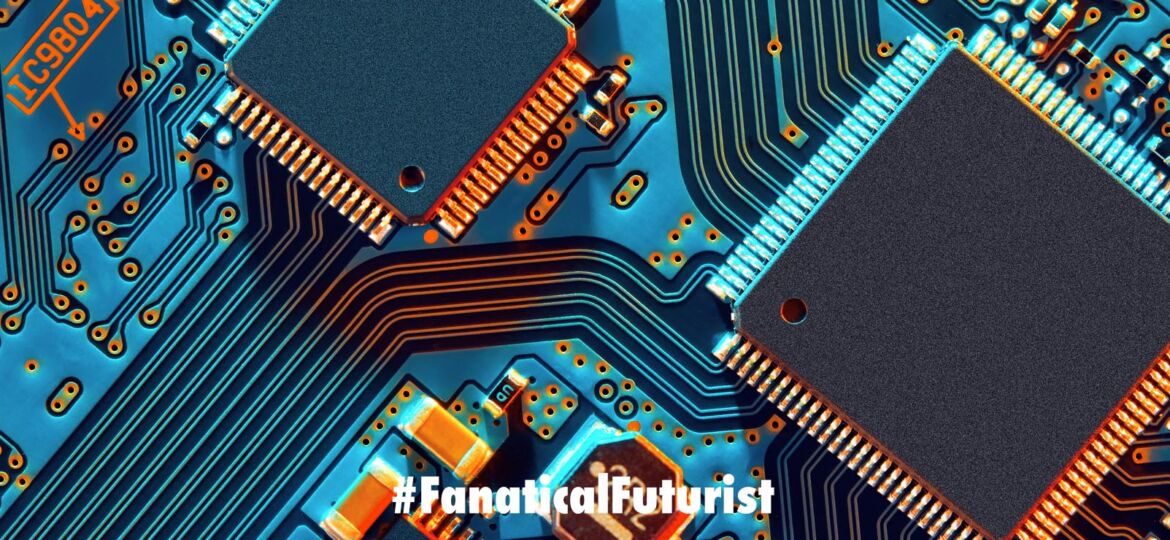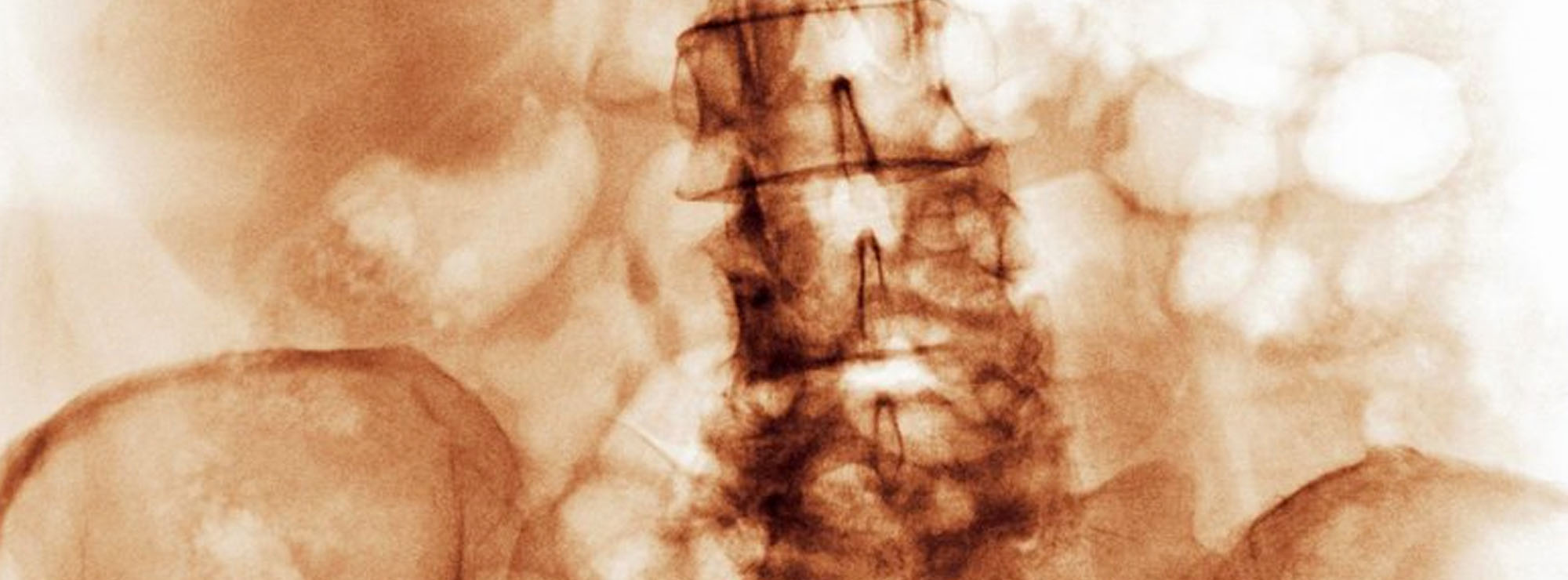
WHY THIS MATTERS IN BRIEF
Our ability to 3D print electronics in a variety of forms is increasing all the time, and that brings a ton of benefits for future gadgets and products.
 Interested in the Exponential Future? Connect, download a free E-Book, watch a keynote, or browse my blog.
Interested in the Exponential Future? Connect, download a free E-Book, watch a keynote, or browse my blog.
Using multi-material 3D printers we can not only 3D print soft robots, but we can also 3D print embedded electronics into objects, like this 3D printed autonomous electric car, and now in our quest to 3D print everything and anything for the first time ever researchers have managed to 3D print capacitors – the workhorse of the electronics world.
The capacitors in the photo below are, even if they don’t look it, revolutionary, because they are the first ever capacitors to be successfully 3D printed and embedded into the body of 3D printed Printed Circuit Boards (PCBs), which not only saves space on the PCB’s but also eliminates the need for post manufacturing assembly.
During their research Nano Dimension, the company behind the breakthrough managed to use their DragonFly printer to repeat their results over 300 times with less than 1 percent variance meaning that the results are repeatable which is very important if this is going to be scaled up.
The technology uses the same dielectric and metal traces as in the additively manufactured PCB yielding capacitors with a capacitance range from 0.1nF to 3.2nF. The successful results are based on over 260 tests with 30 different additively manufactured capacitors dimensions.
By integrating capacitors into 3D printed PCB’s in this way electronics designers and manufacturers can avoid what is often a time consuming, multi-step assembly process, as the DragonFly prints the entire capacitor and PCB in one print job.
This also allows companies to reduce the fabrication time and overcome many of the challenges imposed by traditional production techniques.
Additively manufacturing capacitors within the inner layers of circuits also can free space to meet the ever-increasing trend towards miniaturization and flatness of electronic devices for consumer, industrial and military applications. With extra space, designers may pack more functionality on the circuit board and shrink component size, for example, all without compromising reliability.
Capacitors of this kind are primarily used to filter electrical noise and ripple voltage for a wide range of applications, including RF transmission lines, audio processing, radio reception and power circuit conditioning and this development gets us another step closer to being able to 3D print all manner of electronics into anything and everything anywhere putting yet another nail in the coffin of traditional manufacturing.















